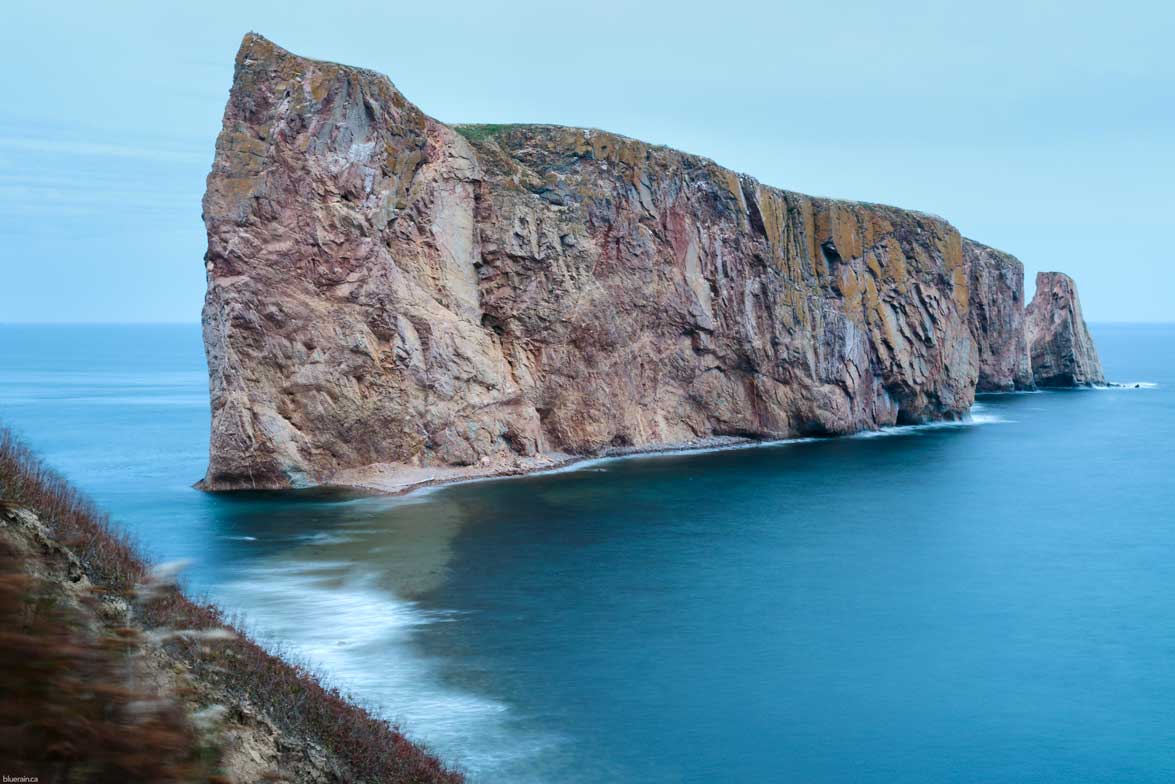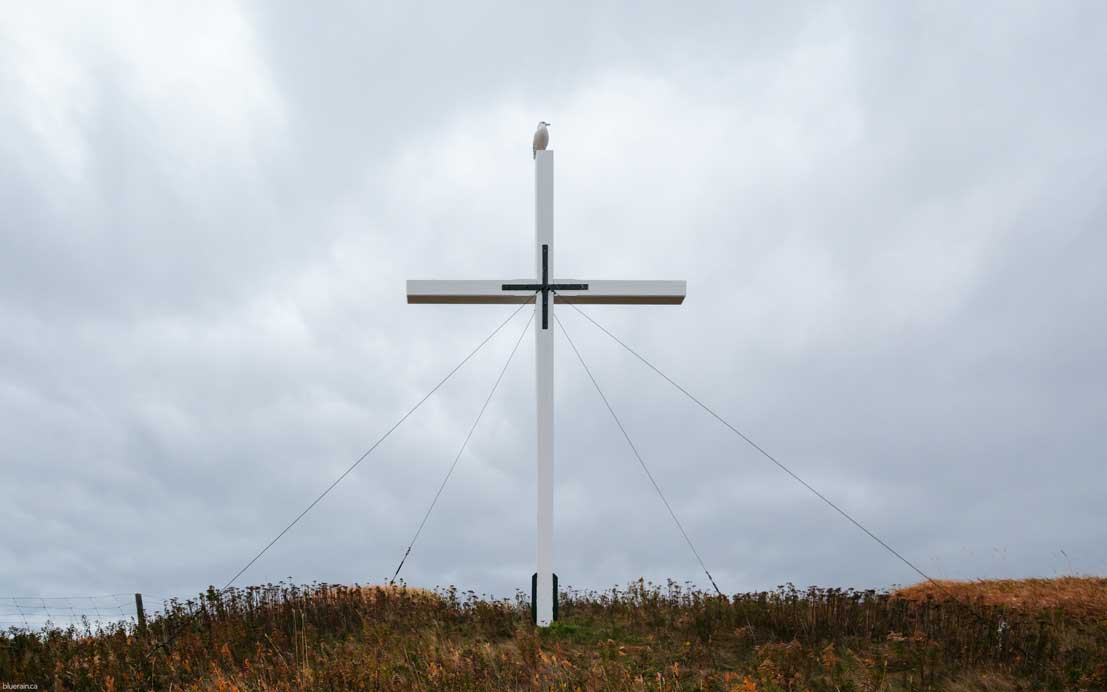Twillingate, a small village spread out on the rocky coastline of Iceberg Alley, is known as the iceberg capital of the world. Although we visited late in the year, we were lucky to see a number of these gorgeous ice queens during our short stay. Our icebergs were not the towering monsters that we’ve all seen photos of in magazines and in videos on climate change, but they were still a sight to behold. Beautiful in their shapes and colours, they cracked and snapped in the still waters as we sat enchanted by their icy grace and charm.
We also visited the Durrell Museum to learn about fishing history and see the mounted polar bear but unfortunately we have no photos to share. The museum is worth a visit if you ever find yourself in Twillingate.







































































